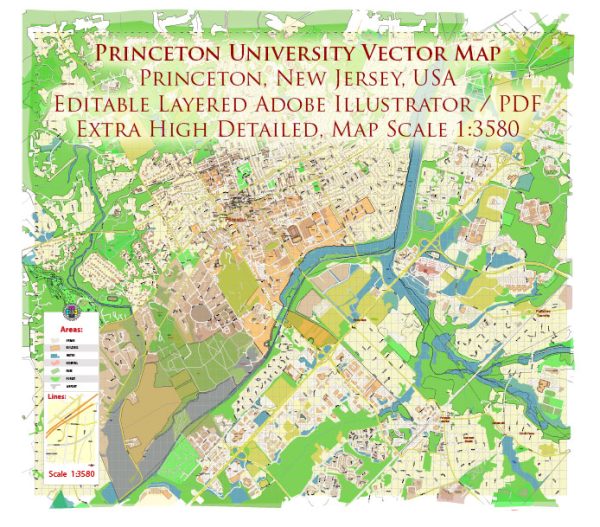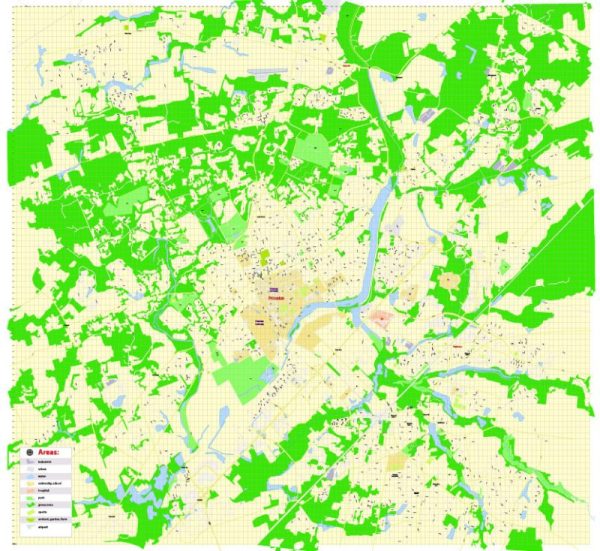Princeton, New Jersey, is a town with a rich history, particularly in the context of urban development. The town is best known for hosting one of the most prestigious Ivy League institutions, Princeton University, which has significantly influenced the area’s growth and character.
- Colonial Roots (17th and 18th centuries): The history of Princeton dates back to the late 17th century when European settlers, primarily of English and Dutch descent, began establishing communities in the region. Originally known as Stony Brook, the town’s name was later changed to Princeton in honor of Prince William of Orange.
- American Revolution (18th century): Princeton gained national significance during the American Revolution. The Battle of Princeton (1777) was a pivotal moment in the war, and the town briefly served as the capital of the United States in 1783. Nassau Hall, the main building on the Princeton University campus, played a central role during this period.
- Educational Influence (19th century): The establishment of the College of New Jersey (later Princeton University) in 1746 had a profound impact on the town’s development. The university grew over the years, and its presence attracted scholars, students, and professionals, contributing to the intellectual and cultural character of Princeton.
- Transportation and Industrialization (19th century): The expansion of transportation, including the arrival of the railroad in the 19th century, facilitated economic development. Industries such as agriculture and manufacturing thrived, and the town’s population increased. The D&R Canal and proximity to major cities like Philadelphia and New York also played a role in Princeton’s growth.
- 20th Century and Suburbanization: In the 20th century, Princeton experienced suburbanization trends that were characteristic of many American towns. The post-World War II period saw an increase in population, and the development of suburbs became more pronounced. This led to changes in the town’s landscape, with residential areas expanding and a shift towards a more suburban character.
- Preservation and Planning (Late 20th century to present): In response to the pressures of development, the town implemented measures to preserve its historic character. Zoning regulations and historic preservation initiatives have been implemented to protect Princeton’s architectural and cultural heritage.
- Cultural and Economic Hub: Today, Princeton is not only a center for education but also a cultural and economic hub. The town boasts a vibrant downtown area with a mix of historic architecture, shops, and restaurants. The presence of Princeton University continues to shape the town’s identity, attracting a diverse and dynamic population.
In summary, Princeton, New Jersey, has a multifaceted history shaped by its colonial roots, pivotal role in the American Revolution, educational prominence, industrialization, suburbanization, and ongoing efforts to balance development with the preservation of its historic charm. The town stands as a testament to the interplay of history, education, and urban development in the United States.



 Author: Kirill Shrayber, Ph.D.
Author: Kirill Shrayber, Ph.D.